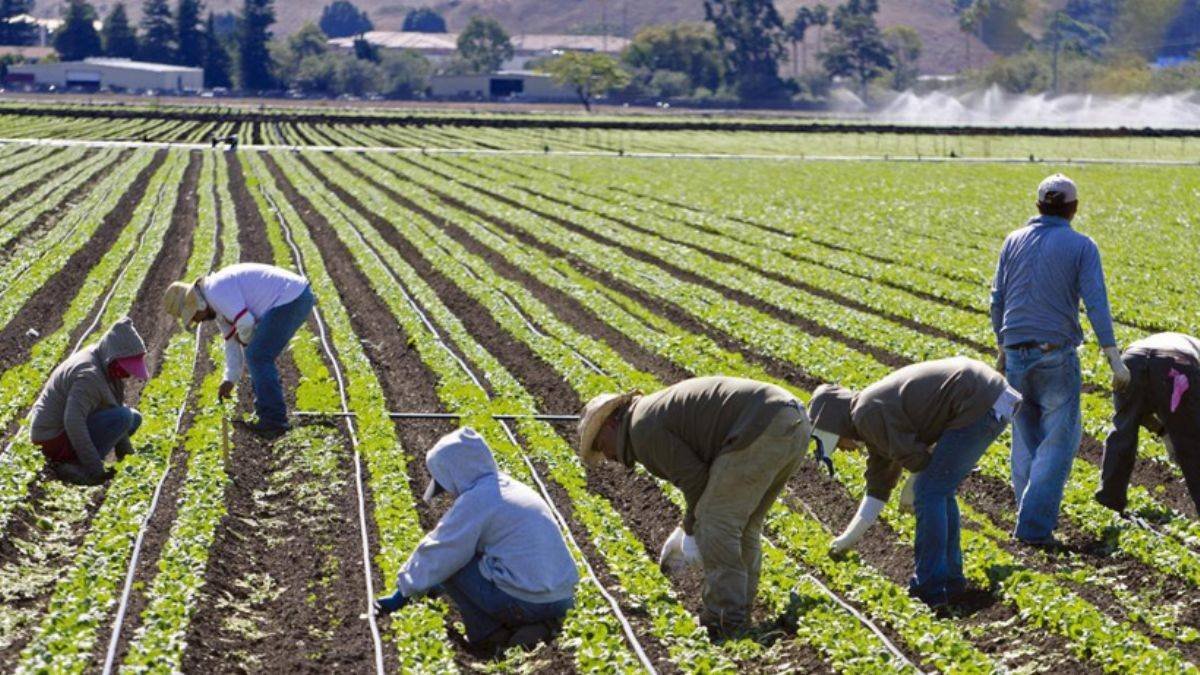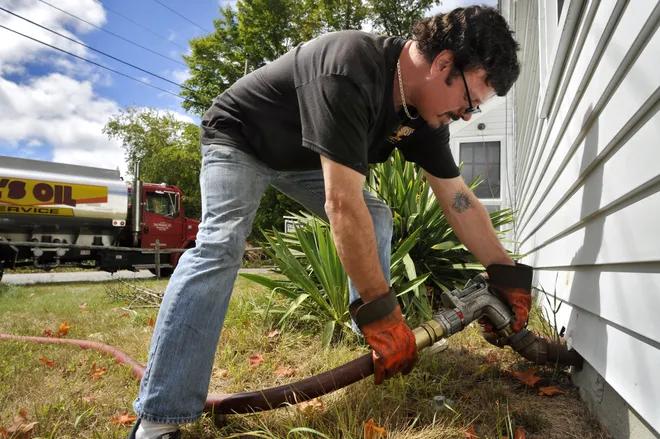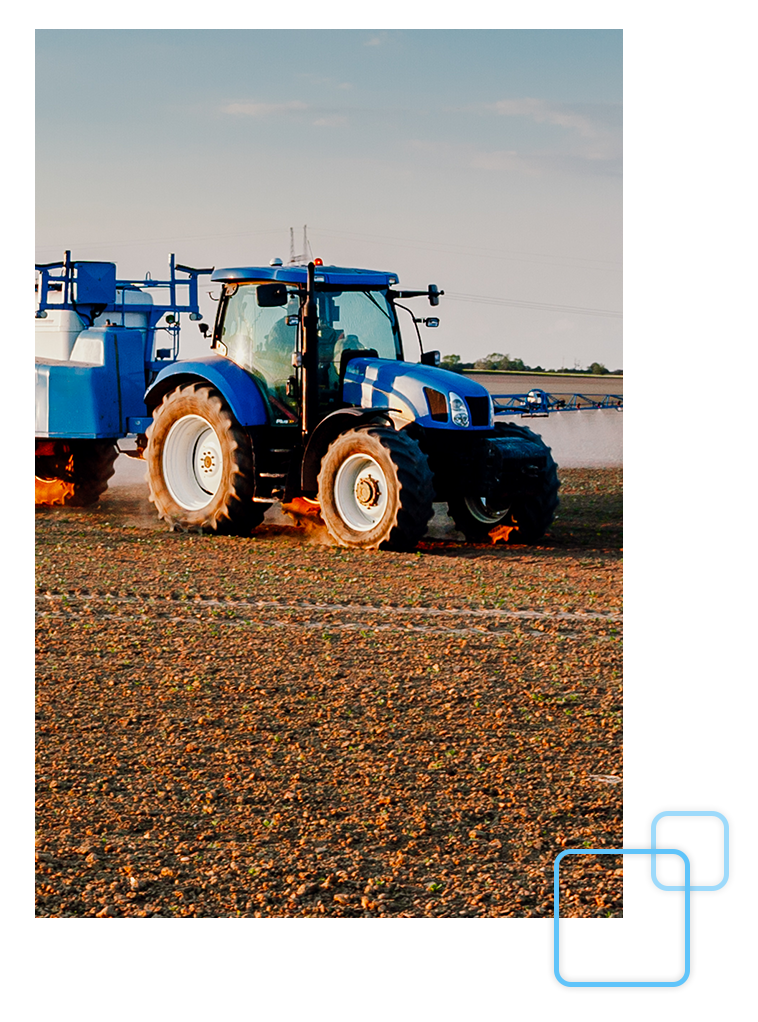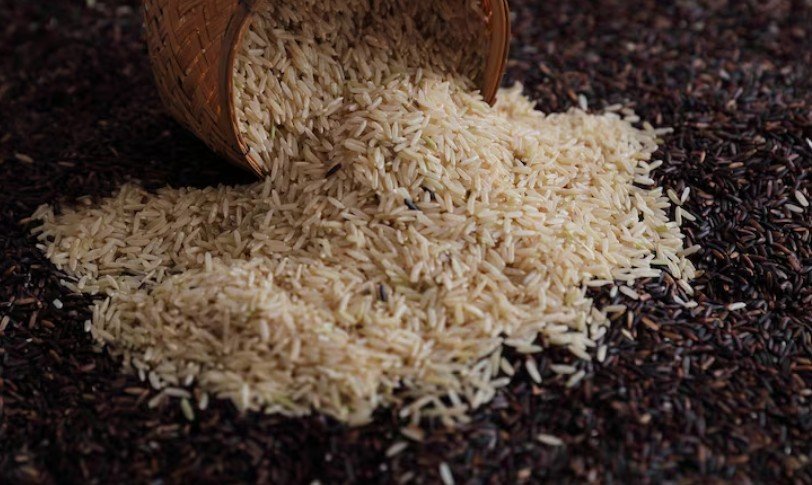The way we grow our food has a lasting impact on the environment, society, and future generations. As climate change intensifies and natural resources dwindle, the world is waking up to the urgent need for a shift in how we produce what we eat. Sustainable agriculture farming has emerged as a solution—a method that not only meets today’s needs but also ensures resources remain for tomorrow.
At its core, sustainable farming aims to balance economic viability with environmental care and social responsibility. It’s not just about growing crops—it’s about protecting soil health, reducing greenhouse gases, preserving biodiversity, and supporting the local communities involved in the food chain. This approach respects the earth’s limits, promotes animal welfare, and provides nutritious food without sacrificing the health of our ecosystems.
As consumers become more environmentally conscious, they are increasingly interested in where their food comes from and how it’s grown. This growing awareness is driving demand for farming systems that are clean, ethical, and resilient. Let’s explore how sustainable farming practices are reshaping agriculture for a greener, more hopeful future.
1. Crop Rotation and Diversity
One of the simplest yet most effective sustainable agriculture farming is crop rotation—the practice of growing different crops in a planned sequence across seasons or years. This technique naturally enhances soil fertility, reduces pest cycles, and minimizes the need for synthetic fertilizers or pesticides.
Diverse planting helps maintain a healthy balance of nutrients in the soil. For instance, legumes like beans or peas fix nitrogen, which benefits the next crop, such as corn, that needs it. This natural replenishment reduces chemical input and improves crop resilience to diseases.
Moreover, crop diversity contributes to ecological balance. It encourages a variety of insects, birds, and microorganisms, which support pollination and pest control. Farmers who practice crop rotation also tend to see more stable yields, especially in challenging weather conditions.
2. Conservation Tillage: Protecting the Soil
Conservation tillage is a technique where farmers disturb the soil as little as possible during planting. This practice helps keep soil structure intact, reduces erosion, and retains moisture.
Traditional plowing can strip the land of its protective layer, leading to wind and water erosion. With conservation tillage, residues from the previous harvest remain on the field, forming a natural cover that shields the soil.
Not only does this reduce water runoff, but it also increases organic matter and encourages beneficial microbes. Over time, soil becomes richer and more productive. Additionally, it lowers fuel usage on the farm, which means fewer carbon emissions and lower costs for the farmer.
3. Integrated Pest Management (IPM)
Chemical pesticides have long been a staple in conventional farming, but their overuse can lead to resistant pests, environmental contamination, and harm to non-target species. Integrated Pest Management (IPM) takes a smarter, safer approach.
IPM combines biological, physical, and chemical tools to manage pest populations in an environmentally and economically sound way. Instead of blanket spraying, farmers monitor pest levels and intervene only when necessary, often starting with natural predators or barriers.
This method reduces chemical dependency, cuts costs, and minimizes health risks for both farmworkers and consumers. It also promotes long-term pest control and supports biodiversity, making it a key pillar of sustainable agriculture farming.
4. Organic Composting and Natural Fertilizers
Healthy soil is the foundation of any successful farming system. Sustainable farming encourages the use of organic compost, animal manure, and green manure to improve soil fertility instead of relying on synthetic fertilizers.
These natural inputs enrich the soil with essential nutrients, improve water retention, and stimulate the growth of beneficial microorganisms. Composting also reduces farm waste and carbon emissions, creating a closed-loop system where every part of the farming cycle is reused.
Natural fertilizers break down slowly, feeding the plants over time and reducing the risk of runoff into nearby water bodies—a major issue with chemical alternatives. For farmers, this translates into better long-term yields and improved soil health.
5. Water Management and Drip Irrigation
Water is a precious resource, and agriculture accounts for nearly 70% of global freshwater use. Sustainable farmers are now turning to efficient irrigation systems like drip irrigation to reduce waste and maximize productivity.
Drip irrigation delivers water directly to the roots of plants in small, precise amounts. This minimizes evaporation and ensures that every drop counts, especially in arid regions. Farmers can also monitor soil moisture levels using sensors and adjust watering schedules accordingly.
Sustainable water practices protect rivers, lakes, and underground aquifers. They also reduce the energy needed to pump and distribute water, further lowering the environmental impact of farming operations.
6. Agroforestry: Blending Trees with Agriculture
Agroforestry is the integration of trees and shrubs into crop or animal farming systems. It might seem counterintuitive, but trees and agriculture can thrive together when properly managed.
Trees provide shade, windbreaks, and habitat for wildlife. Their roots help prevent soil erosion and improve its structure. Additionally, certain tree species fix nitrogen, enhancing soil fertility naturally.
By combining crops and trees, farmers can increase biodiversity and productivity on the same plot of land. It’s a long-term investment that improves land value, reduces vulnerability to climate change, and even provides additional income from timber or fruit harvests.
7. Supporting Local Markets and Ethical Supply Chains
Sustainable agriculture farming doesn’t stop at the field. It extends into how food is processed, packaged, and sold. Supporting local markets and transparent supply chains strengthens communities and reduces carbon footprints from transportation.
Buying local means fresher produce and fewer preservatives. It also helps small farmers earn fair prices for their labor, reinforcing the social aspect of sustainability.
Consumers can support this movement by choosing locally sourced, seasonal, and organic foods. Farmers, in turn, benefit from stronger community ties, repeat customers, and a more stable income stream.
Conclusion:
Sustainable farming is more than a trend—it’s a necessary evolution. With climate change, soil degradation, and food insecurity on the rise, sustainable agriculture farming offers a responsible path forward that benefits both the planet and its people.
These practices not only preserve resources but also create healthier ecosystems and resilient farming communities. By embracing these methods, farmers can reduce their environmental impact while maintaining productivity and profitability.
As individuals, we can support this change by educating ourselves, advocating for eco-friendly policies, and making sustainable food choices. The greener future we envision depends on the collective actions of farmers, consumers, and policymakers alike.
Want to learn more about how you can support sustainable farming and eco-friendly initiatives? Visit Friend of the Earth to get involved today.
















Leave a Reply